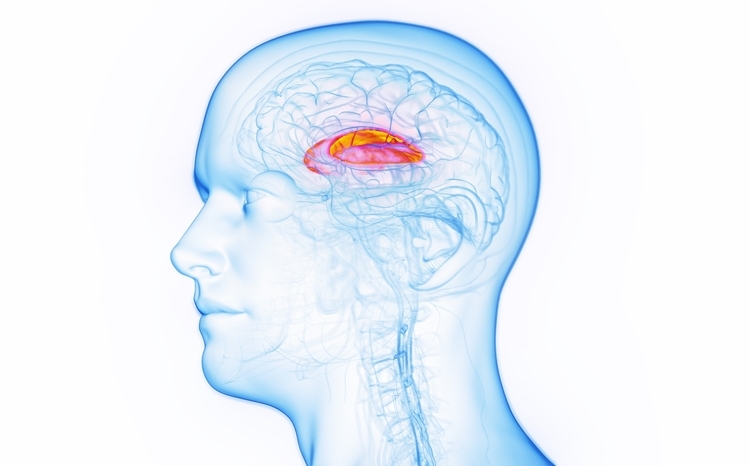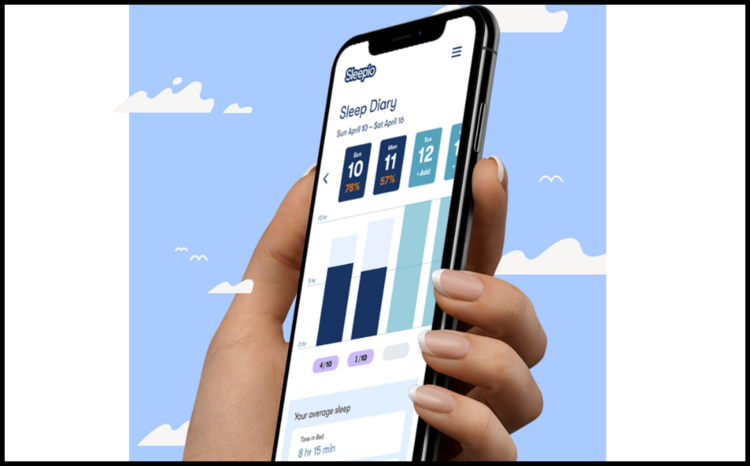NICE looks at pathways to electronic guidance
- 3 September 2007
The National Institute for Health and Clinical Excellence (NICE) is looking at new ways of providing its guidance electronically – and wants clinicians’ help to get it right.
NICE is currently recruiting users of its guidance to a virtual community providing feedback on its electronic guidance access project (EGAP).
If a pilot programme running until March next year is a success, EGAP will see a radical transformation in the way NICE produces its guidance.
Currently, it is produced only in pdf format and accessed via the NICE website. Only whole documents can be downloaded and users often have to trawl through a great deal of irrelevant material before they find what they are looking for.
In future, NICE would like to produce guidance in new formats where knowledge fragments can be electronically tagged, making it easier to use and easier to integrate into external applications.
Nicola Bent, NICE associate director for implementation systems, said: “The whole idea is to produce guidance in a format that meets users’ needs and is displayed in a way that enhances efficiency.”
New formats could not only be used more efficiently on the NICE website, she said, but also integrated into GP practice systems, hospital intranets and patient advice and liaison systems.
For example, knowledge fragments could be integrated into clinical decision support systems. This would enable clinicians to access information from NICE guidance by clicking through links at appropriate points on the care pathway.
EGAP’s first piece of work will be a pilot project focusing on applying the new knowledge fragments approach to one piece of technology appraisal guidance and one public health intervention guidance.
NICE’s Centre for Clinical Practice will also consider how clinical guidelines can be developed using knowledge fragments in the future.
Bent said: “We want to get this right and we’d like to talk to you before we take it any further.
“We have set up a virtual community of NICE guidance end users to enable discussion about user needs and future developments to guidance that arise as a result of this project.”
A website is already up and running, giving members of the virtual community up-to-date information on the project and the opportunity to participate in regular discussions at crucial stages of the project.
Bent said more members were needed. “We would like to recruit more front line clinicians and members of staff to this virtual community to ensure we fully understand end user needs.”
If you are interested in finding out more or joining the community, email
Jennifer.alletson@nice.org.uk




